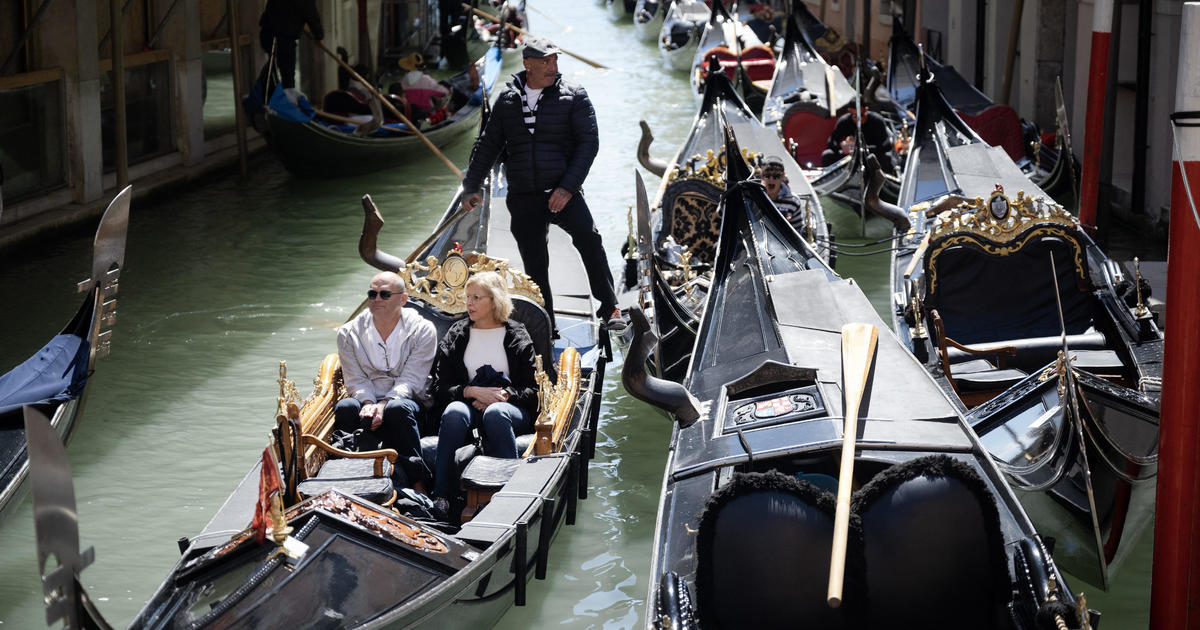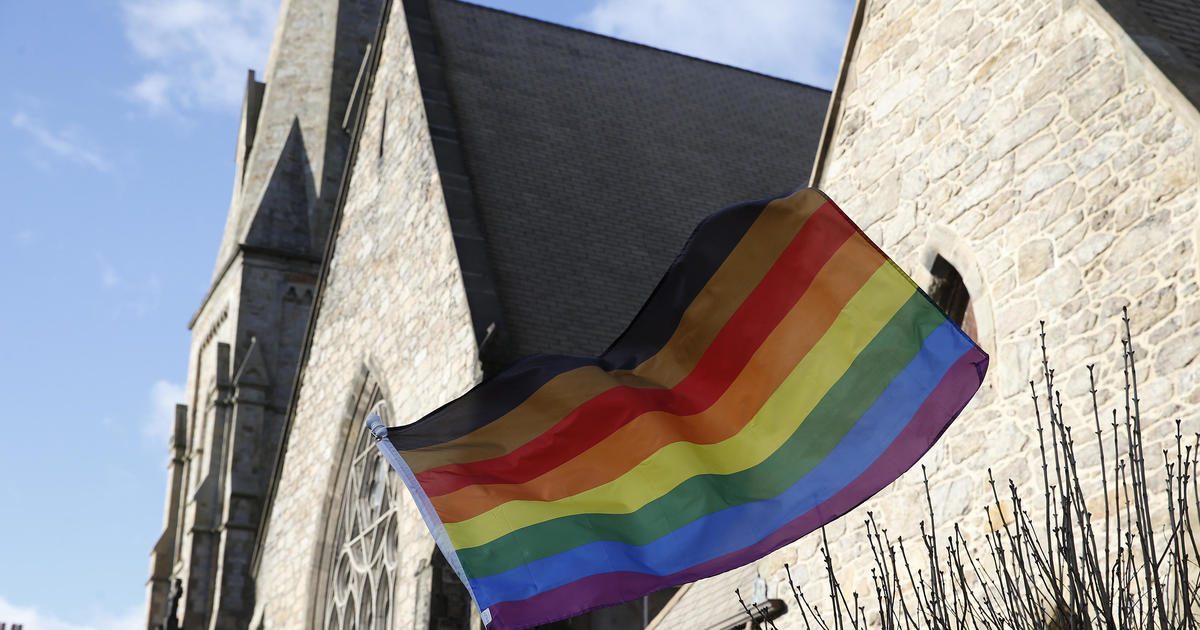Winter solstice arrives: Here's what you need to know
Wednesday is the winter solstice — a date imbued with symbolism and significance since ancient times. It is the shortest day and longest night of the year in the northern hemisphere, while in the southern hemisphere the reverse is true: it’s the longest day and shortest night of the year there. (Winter Solstice is also the name of an alt-folk band, but we digress.)
Want to add to your enjoyment of this once-a-year event? Learn the basic science behind this day.
The Earth is tilted at roughly 23.5 degrees on its vertical axis. Due to that tilt, the Earth’s north and south don’t receive equal amounts of sunlight as the Earth orbits around the sun. The most direct sunlight shifts around different latitudes, leading to what we experience as the change of seasons in the middle to higher latitudes of the globe.
Around this time, shortly before Christmas each December, there’s a specific moment when the sun is directly overhead at the latitudinal line known as the Tropic of Capricorn, at 23.5 degrees south latitude, the Weather Channel experts explain. That moment is the exact winter solstice. This year it came at 5:44 a.m. EST on Wednesday, Dec. 21.
The solstice produces a day like no other. At noon in the northern hemisphere, the sun is as far down in the sky as it ever gets year round.
The sun sets at its earliest on Wednesday, but that means very different things in different cities. Here are the exact sunset times for some locations across the continental U.S. for Wednesday, according to Time and Date:
- New York: 4:32 p.m.
- Miami: 5:35 p.m.
- Chicago: 4:24 p.m.
- Dallas: 5:25 p.m.
- Los Angeles: 4:48 p.m.
Farther north, in Fairbanks, Alaska, the sun will set at 2:40 in the afternoon. That city will get less than four hours of sunlight all day on Wednesday. (Things are even more extreme in the northernmost U.S. city, Barrow, Alaska, where the sun set for the season on November 18 and won’t rise again until January 22.)
This 2012 winter solstice video from Fairbanks shows the sun moving across the horizon, barely registering before it disappears again in an early sunset:
From Wednesday onwards, the number of daylight hours will gradually lengthen in the northern hemisphere until the summer solstice in June, when daylight hours hit their peak.




